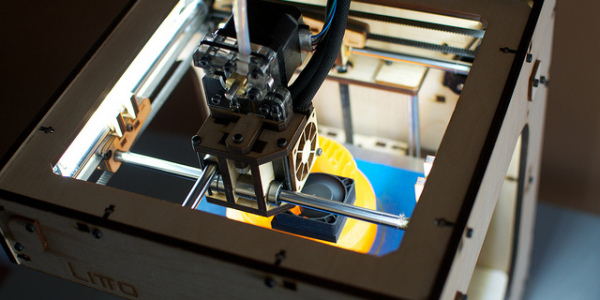3D printers are responsible for plenty of changes. The variety of items that can be produced using a 3D printer is almost staggering. Clothes, food, robots, and even human organs can all be printed. It’s pretty wild to imagine that in the future you could buy a 3D printer and a few spools of fibers, plastics, and metals and have virtually anything you would want to own.
Driving to Ikea to purchase a chair is already outdated. You can buy that chair online and have it shipped directly to your doorstep. But even home delivery seems so last year considering that you can simply download a design for a chair and print one much faster than even overnight shipping can get it to you.
But, where do the designs come from? Do we assume that everyone will have the software and savvy to design their own goods and print them on their own? Or maybe manufacturers can sell the designs to consumers. This is something that many manufacturers are already considering.
Let’s say that you just bought your own 3D printer. You open the box, plug it in, and decide that you want to print a nice. comfy chair. Now, you have a couple of options. You can take the time to design your own chair — only you don’t really know how and it would probably take a long time, look really, bad, and be fairly uncomfortable. Or you could purchase a CAD model for a chair that was designed by a professional, looks great, and is so comfortable you can’t stand up once you sit down.
Many people already opt for convenience when it comes to fulfilling a need, so it makes sense for manufacturers to anticipate a similar experience with 3D printers in consumer homes. However, there is the question of intellectual property rights and 3D printers.
Manufactures will need to focus on selling designs rather than just the physical items, and at an enticing price. If a price is too high, consumers might scan items and reverse engineer them, or opt for the homemade version. However, if the price is too low, the manufacturer misses out on potential revenue.
These questions are interesting to consider, but it will be a long time before 3D printing as a need arises takes the place of large-scale manufacturing… if that ever happens. We don’t see it happening with cereal boxes, paper cups, beer bottles, or refrigerators, just a few of the things manufacturers now produce with Indramat motion control. We look forward to finding out.
